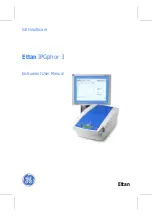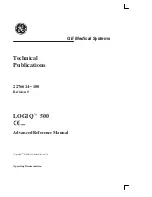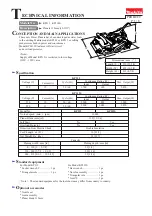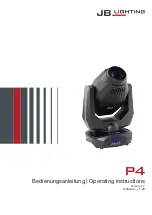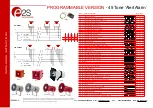
Scientific
SMO1000E
50/185
Oscilloscope Bandwidth and Sample Rate
An oscilloscope's bandwidth is typically described as the lowest frequency at which
input signal sine waves are attenuated by 3 dB (- 30% amplitude error).
At the oscilloscope bandwidth, sampling theory says the required sample rate is f
S
=
2f
BW
. However, the theory assumes there are no frequency components above f
MAX
(f
BW
in this case) and it requires a system with an ideal brick- wall frequency response.
0dB
-3dB
Attenuation
f
N
f
S
Frequency
However, digital signals have frequency components above the fundamental frequency
(square waves are made up of sine waves at the fundamental frequency and an infinite
number of odd harmonics), and typically, for 500 MHz bandwidths and below,
oscilloscopes have a Gaussian frequency response.
0dB
-3dB
Attenuation
Aliased frequency
compoments
f
S
/4
f
N
f
S
Frequency
Limiting oscilloscope bandwidth (f
BW
) to 1/4 the sample rate (f
S
/4)
reduces frequency components above the Nyquist frequency (f
N
).
So, in practice, an oscilloscope's sample rate should be four or more times its bandwidth:
f
S
= 4fBW. This way, there is less aliasing, and aliased frequency components have a
greater amount of attenuation.
Summary of Contents for SMO1000E
Page 1: ...Digital oscilloscope SMO1000E User Manual ...
Page 17: ...Scientific SMO1000E 17 185 Appearance and Dimensions Figure 1 Front View Figure 2 Top View ...
Page 54: ...Scientific SMO1000E 54 185 Figure 12 x Interpolation Figure 13 Sinx x Interpolation ...
Page 82: ...Scientific SMO1000E 82 185 Figure 28 Relative Window Trigger ...
Page 84: ...Scientific SMO1000E 84 185 Figure 29 Interval Trigger ...
Page 109: ...Scientific SMO1000E 109 185 Figure 53 UART Trigger ...































